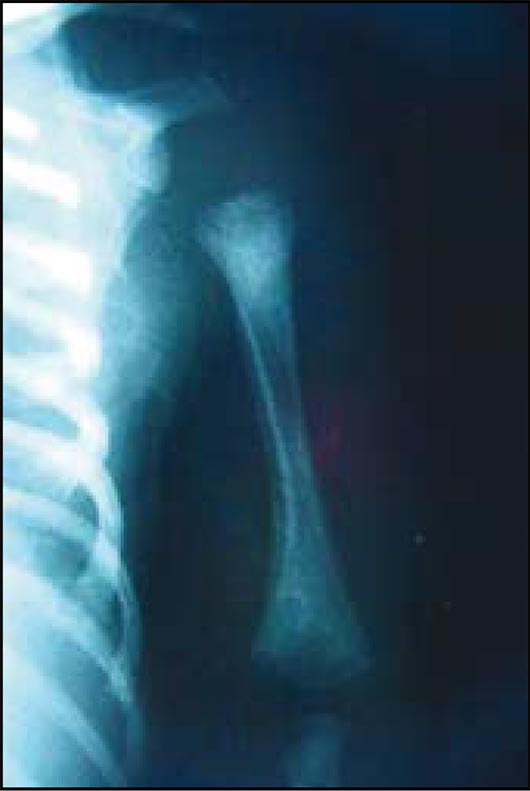Semiology of skin diseases of newborns.
Keywords:
newborn, differences, cares, semiologyAbstract
The dermatology of the newborn is a common cause of consultation. We realized a revision of the subject with emphasis in the differences in the skin of the newborn one, general cares and a semyological approach to the main
pathologies.
Author Biographies
María Isabel Arredondo
RI Dermatología, Universidad Pontificia Bolivariana, Medellín, Colombia.
Liliana Tamayo
Dermatóloga - Docente, Universidad Pontificia Bolivariana, Medellín, Colombia.
References
2. Shimizu H, Suzumori K. Prenatal diagnosis as a test for genodermatoses: its past, present and future. Journal of dermatological Science. 1999; 19: 1-8.
3. Shwayder T, Akland T. Neonatal skin barrier: structure, function, and disorders. Dermatology Therapy, 2005; 18: 87-103.
4. Darmstadt G. Topical therapies and medications in the pediatric patient. Pediatric Clinics of North America 2000; 47:867 – 76.
5. Robin K. Hipersensitivity reactions in neonates and infants. Dermatology Therapy 2005: 160-74.
6. Walker L. Skin Care in the Well term newborn: two Systematic reviews Birth 2005; 32:224-28.
7. Robin K. Hipersensitivity reactions in neonates and infants. Dermatology Therapy 2005; 18: 160-74.
8. Lyon V. Approach to procedures in neonates. Dermatology Therapy 2005; 18:117-22.
9. Mary SO. Neonatal, Pediatric, and Adolescent Dermatology. En: Freedberg IM, Eisen AZ, Wolf K, Austen KF, Goldsmith LA, Katz S. Dermatology in general medicine. 6 ed. Mc Graw Hill; 2003: 1366- 86.
10. Farvolden D. Lumps and bumbs in neonates and infants. Dermatology Therapy. 2005; 18: 104-16.
11. Berlin AL, Pallen AS, Chan LS. Incontinentia pigmenti: a review and update on the molecular basis of pathophysiology. J Am Acad Dermatol. 2002;47:169-87.
12. Shwayder T. Disorders of Keratinization. American Journal Clinic Dermatology. 2004; 5: 17-29.
13. DiGiovanna J. Ichthyosis. Etiology, Diagnosis and management. American Journal Clinic Dermatology. 2003; 4: 81-95.
14. Shin H. Diaper dermatitis that does not quit. Dermatology Therapy 2005; 18: 124-35.
15. Mayarakis E, Fung MA, Acrodermatitis enteropathica and an overview of zinc metabolism. J Am Acad Dermatol. 2007;56:116-24.
16. Woods C. Syphilis in Children: Congenital and Acquired Semin Pediatric Infectious Disease. 2005; 16:245-57.
17. Krafchik B. Therapeutic approach to selected neonatal eruptions. Dermatology Therapy 2005; 18: 184-9.
18. Gerritzen MJ, Steijlen PM, Brunner HG. Cutis marmorata telangiectatica congenita: report of 18 cases. Br J Dermatol. 2000;142:366-9.
19. Leung AK, Kao CP. Mongolian spots with involvement of the temporal area. Int J Dermatol. 2001 ;40:288-9.
How to Cite
Downloads

Downloads
Published
How to Cite
Issue
Section
| Article metrics | |
|---|---|
| Abstract views | |
| Galley vies | |
| PDF Views | |
| HTML views | |
| Other views | |






